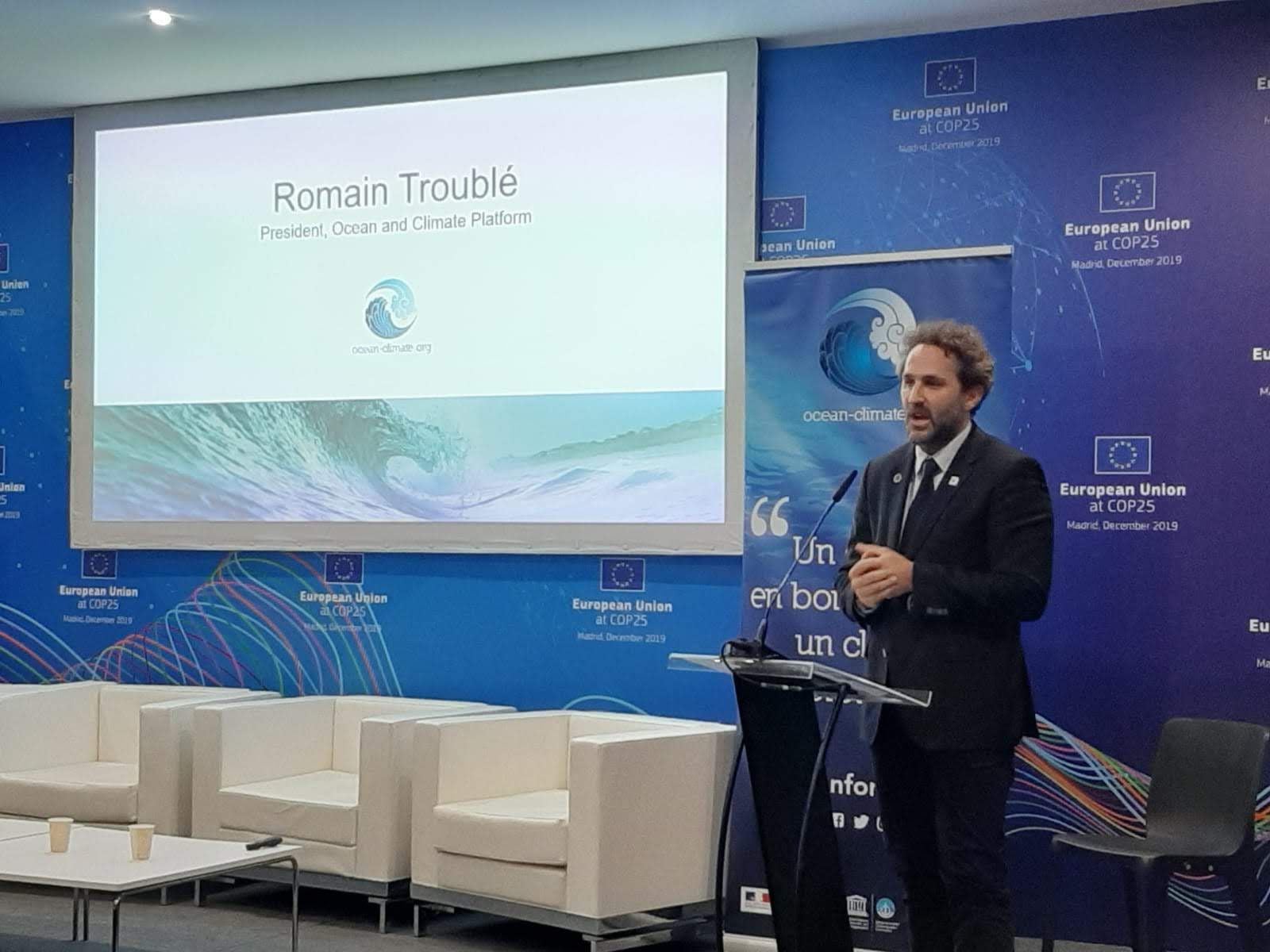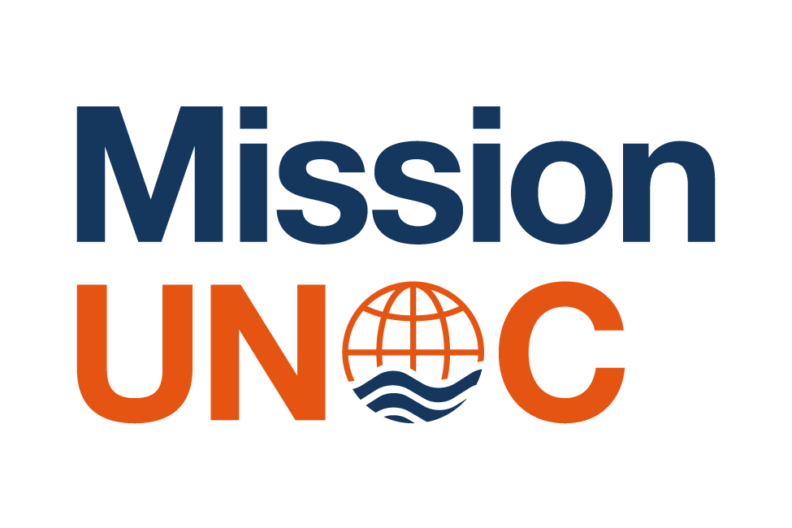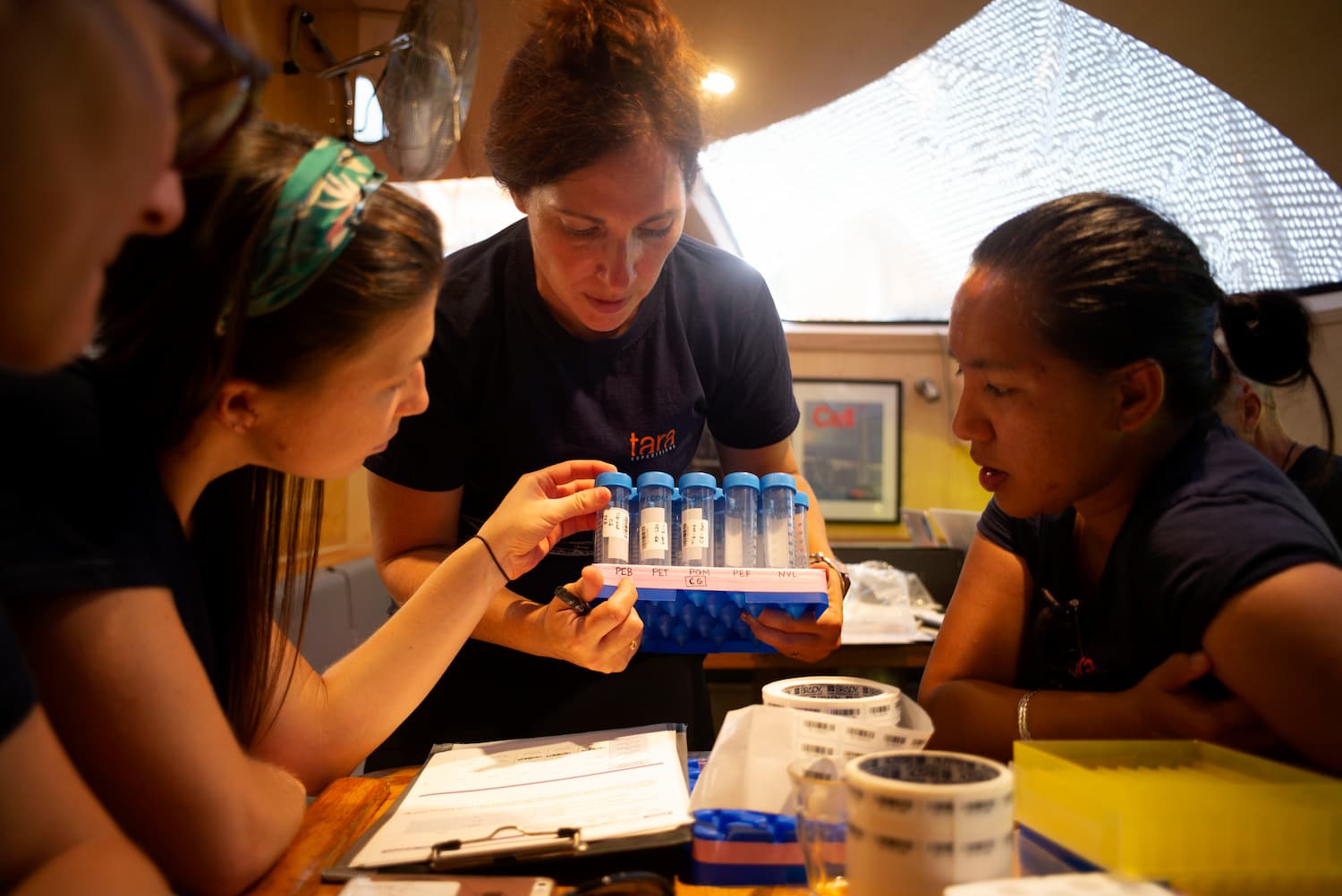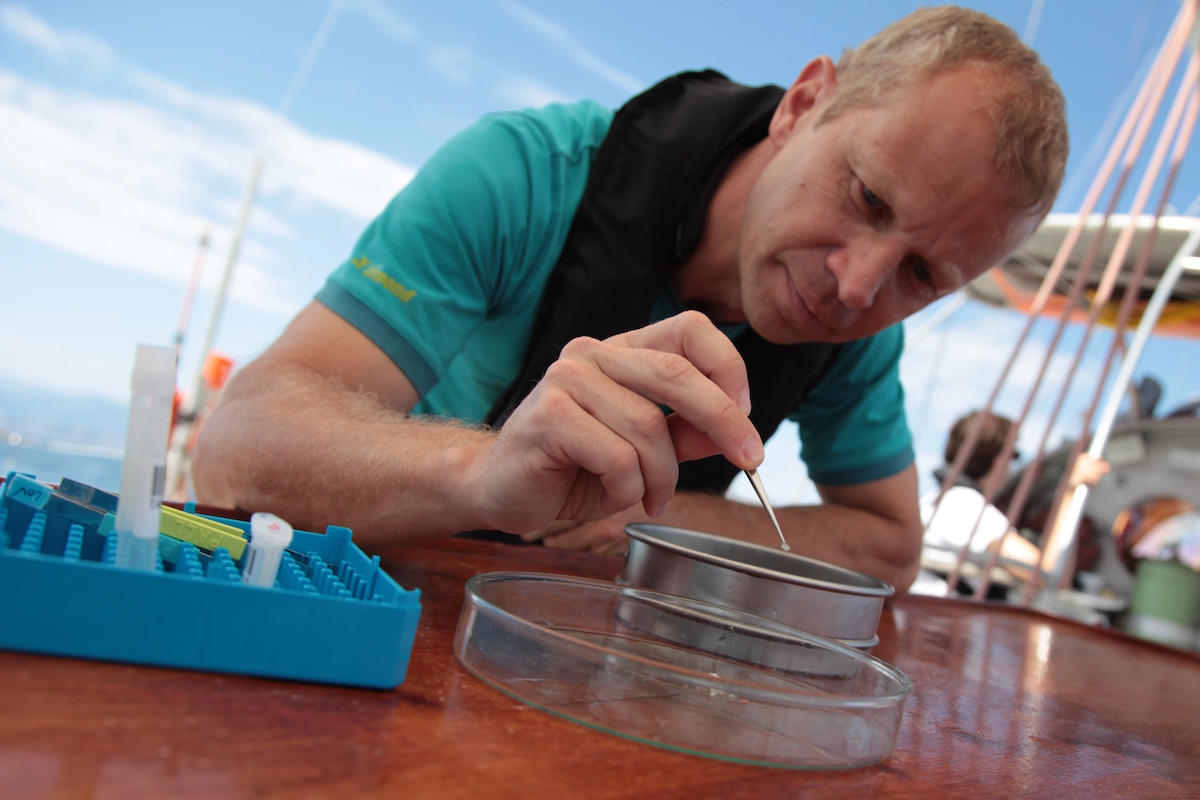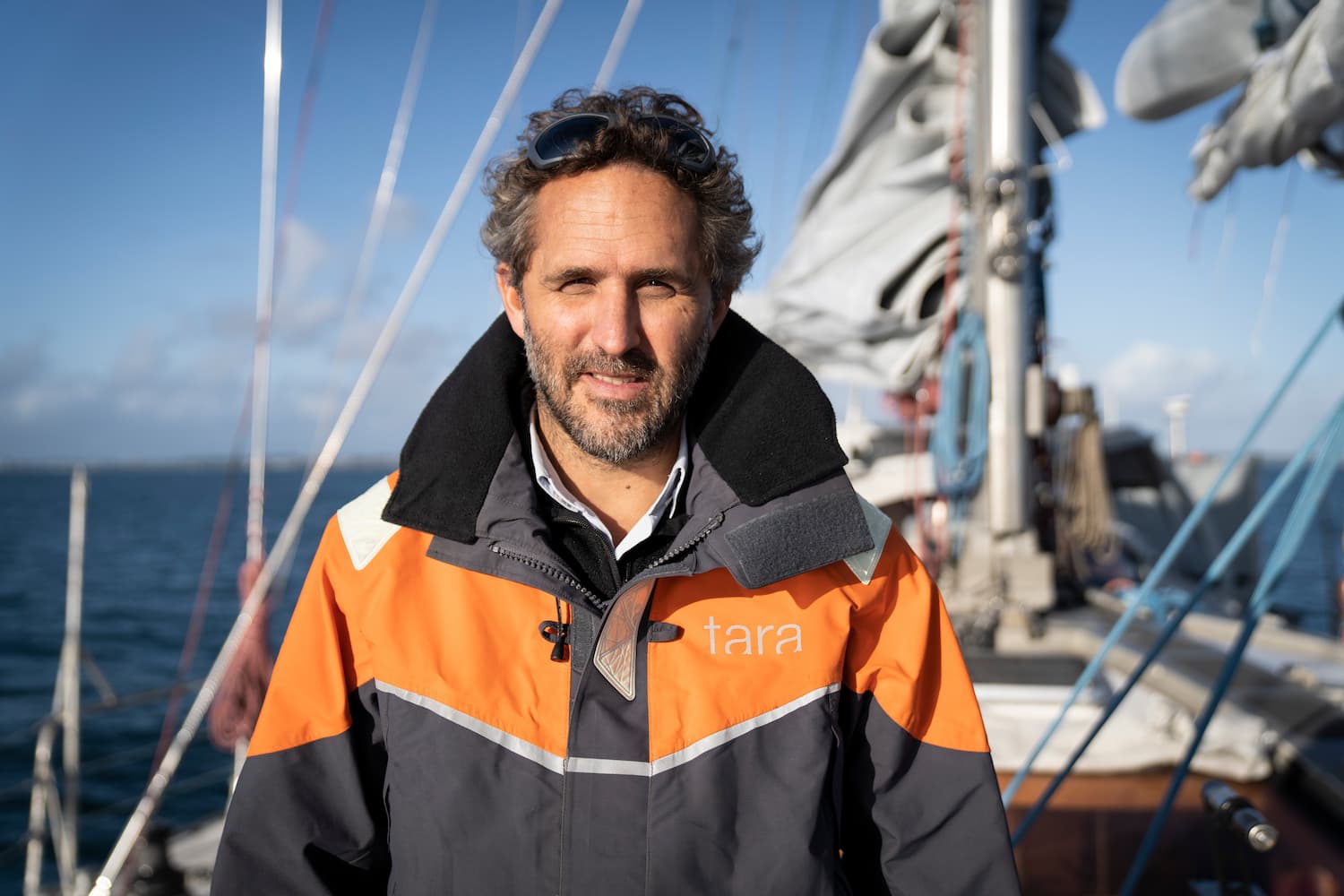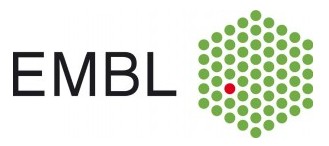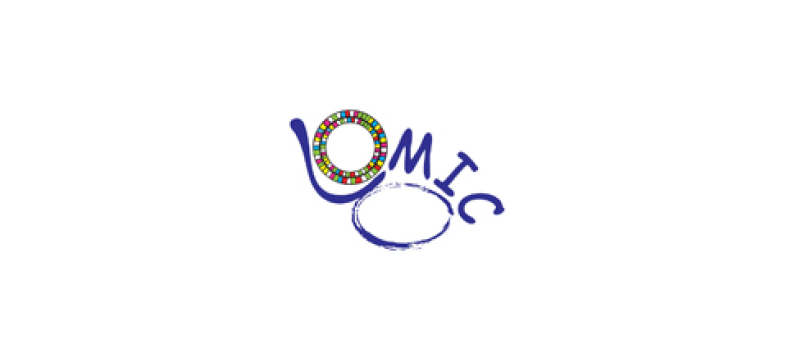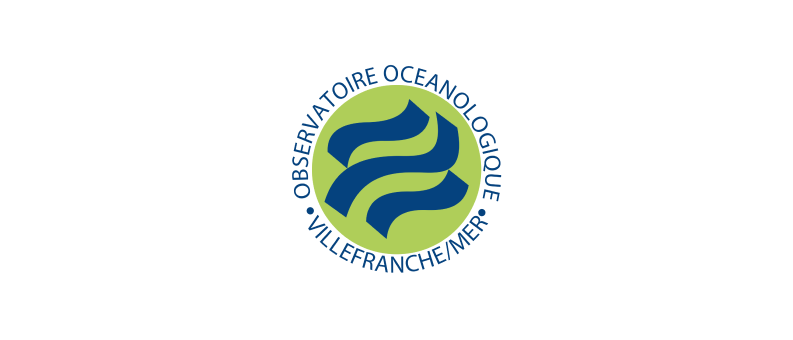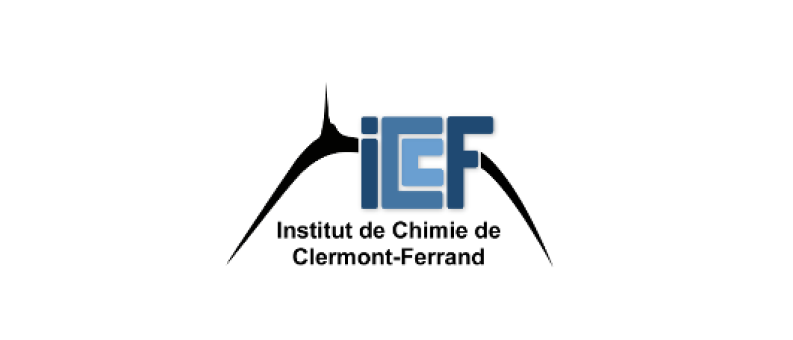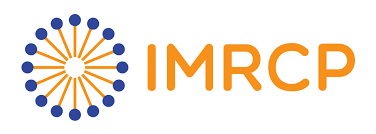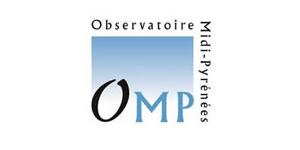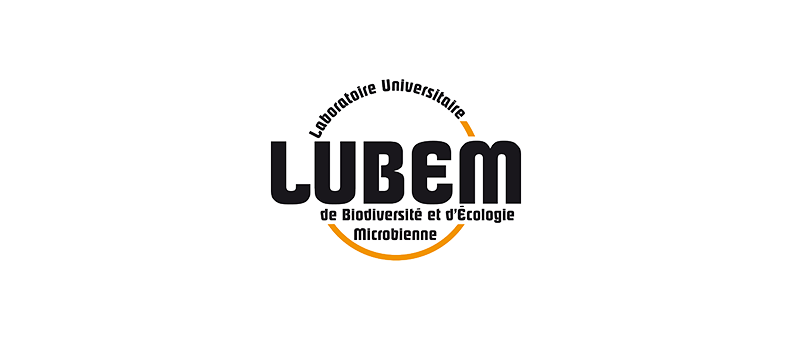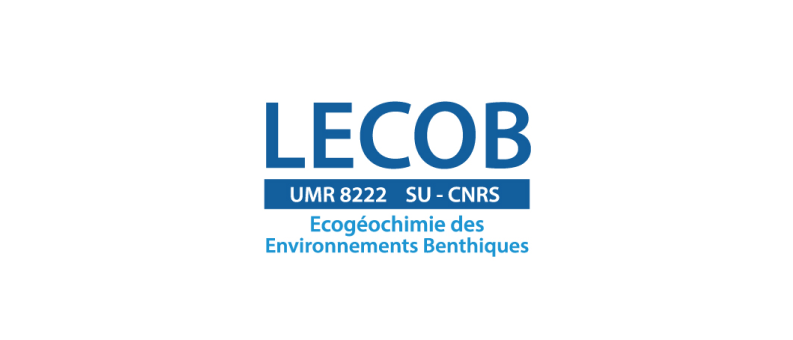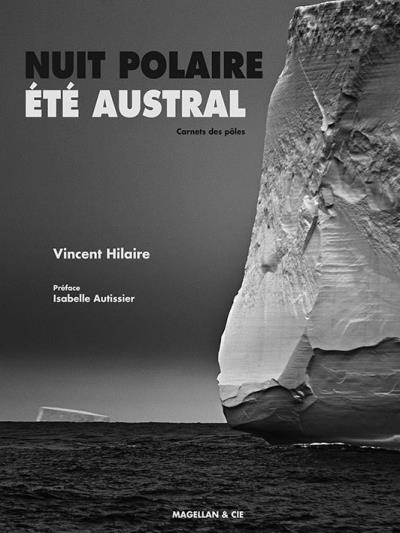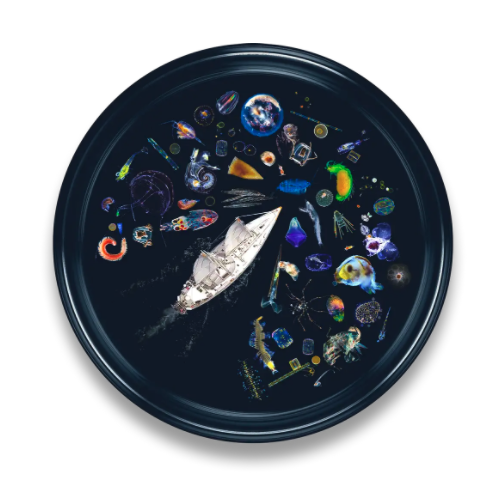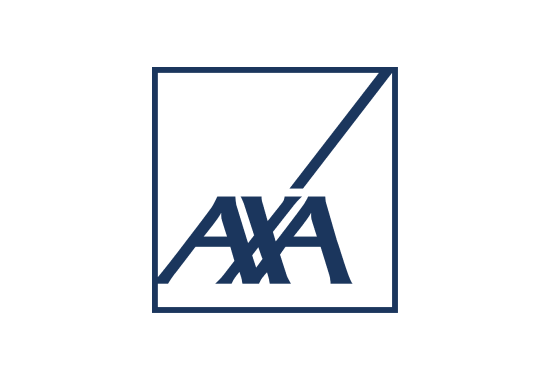
Tara Microplastics
An expedition along 9 major European rivers to describe and understand the origins and flux of plastic waste.
Finding the origins of marine plastic pollution
How much plastic is found in our rivers?
Where exactly are microplastics found?
What is the origin of plastic waste in the environment?
What happens to plastic waste once it reaches the ocean?
We still have a lot to learn about the « plastic empire » — pollution detected 40 years ago in every corner of the world.
Up to 11 million tonnes of plastic are released into the ocean each year, according to current scientific models. The number of plastic fragments in the ocean is estimated at 5,000 billion—equal to the total quantity of zooplankton in the Mediterranean—one of the world’s most polluted seas.
Why does this massive quantity of plastic, undoubtedly toxic, flow increasingly into the waters of the Blue Planet? The schooner Tara, with her partners and sponsors, set out to answer this question in 2019.
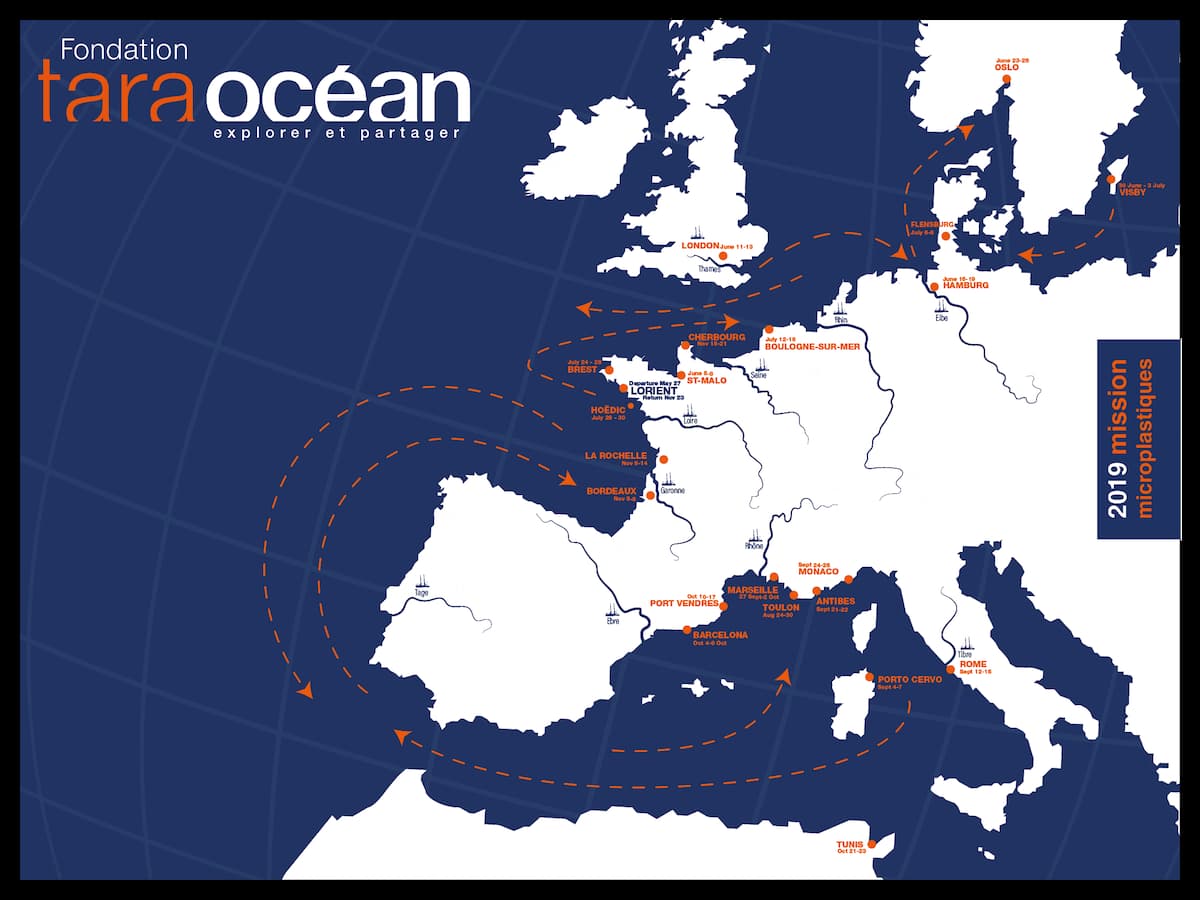
In day-to-day life
From sea to land
This freshwater expedition, following the 9 major rivers that traverse the countryside, cities and towns of Europe, was a reminder of our often forgotten link with the Ocean.
Plastic at sea — the solutions are on land!
Everywhere!
All 2,700 samples collected from the rivers contain plastic, including upstream of cities such as London, Hamburg or Rouen.
Upstream fragmentation
The majority of plastic found in river water samples are in the form of microplastics. This pollution is invisible, impossible to collect, and calls for major actions on land to stop the flow.
Six actions to take ashore
-improve collection and recycling
-reduce single-use disposable plastics
-reduce the number of chemicals and resins added to plastic -reinvent packaging to eliminate toxic polystyrene -reinstate a deposit system for PET bottles
-obtain a United Nations Treaty concerning plastic
Ocean Culture
Tara
News
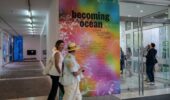
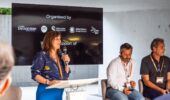
Science and Advocacy at the Tara Ocean Foundation: A Synergy in Service of the Ocean
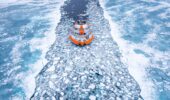
Tara Polar Station: the challenges of science aboard a laboratory drifting in the Arctic
